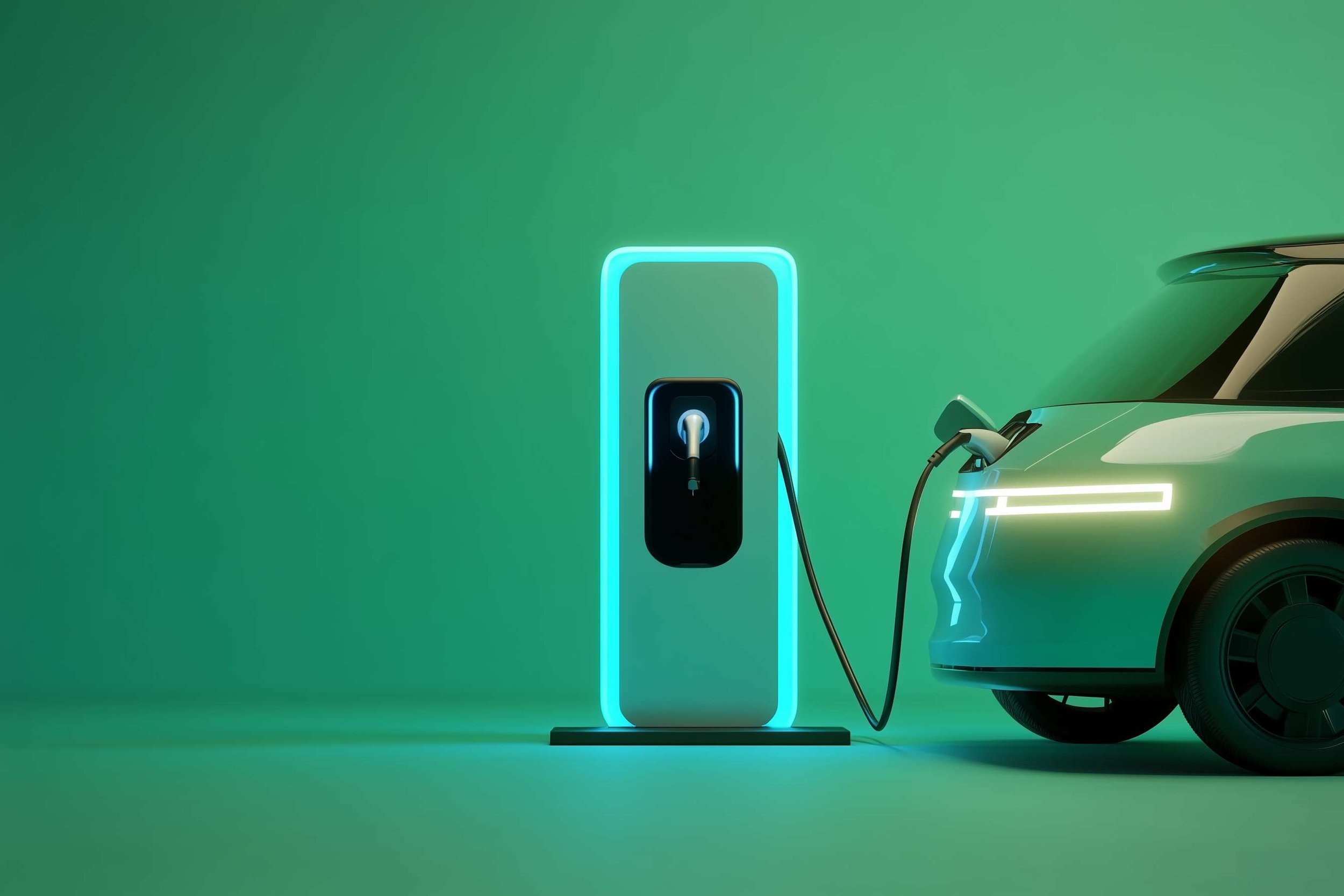
Why Are Electric Cars So Expensive?
Delve into the factors contributing to the costs of electric vehicles. Explore battery technology, manufacturing expenses and UK market dynamics.
You've been eyeing that sleek electric vehicle (EV) cruising silently down the street, imagining yourself as the eco-friendly envy of your neighbourhood. But then you check the price tag and—zap!—sticker shock sets in. Why do these battery-powered wonders cost more than their petrol-guzzling counterparts? Let's plug into the details and illuminate the factors that make EVs a pricier ride.
1. The Battery: The Heart (and Wallet) of the EV
At the core of every electric car lies its battery pack, a marvel of modern engineering that also happens to be the most expensive component. These lithium-ion batteries are costly to produce, primarily due to the materials involved, such as lithium, cobalt, and nickel. Mining and processing these elements require significant investment, and their prices can fluctuate based on global demand.
While battery costs have been decreasing over the past decade, they still represent a substantial portion of an EV's price. As technology advances and economies of scale improve, we can expect these costs to continue to decline, making electric cars more affordable in the future.
2. Manufacturing Costs: Building the Future Isn't Cheap
Electric vehicles require specialized components and manufacturing processes, many of which are still scaling up. Unlike traditional internal combustion engine (ICE) vehicles, EVs need electric drivetrains, advanced power electronics, and complex battery management systems. Setting up production lines for these unique parts involves significant capital
Additionally, many automakers are investing heavily in research and development to improve EV technology, and these costs often trickle down to the consumer. As production volumes increase and technology matures, manufacturing efficiencies are expected to improve, potentially lowering prices.
3. Economies of Scale: The Chicken and Egg Dilemma
Traditional vehicles benefit from over a century of mass production, with supply chains and manufacturing processes optimized for efficiency. Electric cars, on the other hand, are relatively new to the market. Lower production volumes mean that EVs don't yet benefit from the same economies of scale, leading to higher per-unit costs.
As consumer demand for electric vehicles grows, manufacturers can ramp up production, negotiate better deals with suppliers, and spread R&D costs over more units, all of which can contribute to lower prices for consumers.
4. Raw Material Costs: Mining for Electrons
The materials used in EV batteries, such as lithium, cobalt, and nickel, are not only expensive but also subject to market volatility. For instance, cobalt mining has raised ethical and environmental concerns, prompting manufacturers to seek alternative materials or invest in more sustainable mining practices, which can add to costs.
Efforts are underway to develop batteries that rely less on these costly materials, but until such technologies become mainstream, raw material expenses will continue to impact EV prices.
5. Research and Development: Paving the Road to Innovation
The automotive industry is pouring resources into developing better batteries, more efficient motors, and advanced autonomous driving features for electric vehicles. This surge in innovation requires substantial investment in research and development, and these costs are often reflected in the retail price of new EV models.
While this R&D spending drives up current prices, it's also paving the way for more affordable and efficient electric vehicles in the future.
6. Market Dynamics: The Luxury Factor
Many of the early electric vehicles were positioned as premium products, targeting consumers willing to pay a premium for cutting-edge technology and environmental benefits. This positioning has contributed to the perception—and reality—of higher prices.
However, as the market matures, more manufacturers are introducing affordable EV models aimed at the mass market. This shift is expected to provide consumers with a broader range of options to fit various budgets.
Conclusion: The Road Ahead
While electric cars currently come with a higher price tag, several factors contribute to this cost, including battery expenses, manufacturing processes, and economies of scale. The good news is that as technology advances, production ramps up, and market dynamics evolve, the cost of EVs is expected to decrease, making them more accessible to a broader audience. So, while the initial investment might be steep, the long-term benefits to your wallet—and the planet—could make it a journey worth embarking on.
